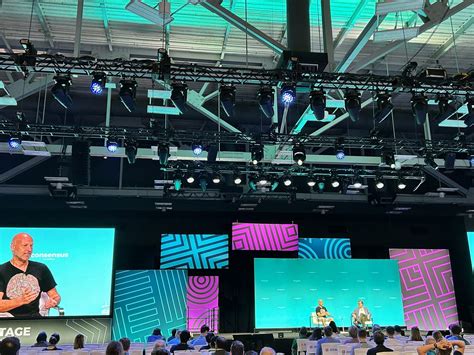Start a cross-chain ERC20 token via Ethereum: a step-by-step instructions
In recent years Ethereum has become the point of contact for the construction of scalable and safe blockchain applications. One of the most exciting areas of innovation is the scaling solutions of Layer 2, which enable faster transaction times without victim system security. In this article we will examine how a cross-chain ERC20 token in Ethereum’s Layer 2 networks is launched with the popular Dapp-framework (Decentralized Application) Reactor.
** What is an ERC20 token?
ERC-20 tokens are a kind of cryptocurrency that can be used as a medium or exchange. They are built on the Ethereum blockchain and have gained immense popularity since their introduction in 2015. ERC-20 token sacrifices several advantages, including:
- High liquidity
- Low transaction fees
- Wide introduction by mainstream investors
- Flexibility to create custom tokens with unique functions
What is a cross-chain token?
A cross-chain token is an ERC20 token that can also be used in several blockchain networks. In this way, developers can create decentralized applications (DAPPS) that interact with each other across different platforms without the need for complex interoperability solutions.
How to start a Cross-Chain ERC20 token in Ethereum Layer 2 networks
In order to start a cross-chain-erc20 token in the Layer 2 networks of Ethereum, you must follow the following steps:
- Select a DAPP framework
: Choose a popular DAPP framework based on reactor, which supports the creation of cross-chain applications. Some popular options are:
* Reactor (built by Open Zeppelin)
* Ethers.js
* Solidity Cer20
- Create a new project : Create a new reactor project and set up your development environment.
- ** Define the ERC20 metadata of the token.
- Set up the token’s ERC 20 contract : Set up an ERC 20 contract with which your token is represented on the Ethereum blockchain. You can use a template or creation of your own custom contract.
- Configure the DAPP framework : Configure your reactor project so that you use your selected DAPP -framework and set up the necessary dependencies.
- Provide the ERC 20 contract of the token : Provision of the ERC 20 contract on the Ethereum test (e.g. ropsten) or Mavet.
- ** Set up the cross -competition interactions.
Example code
Here is a sample code snippet with reactor and Solidity Cerc20 to provide a cross-chain-erc20 token:
`Solidity
Pragma solidity ^0.8.0;
Import " contracts/token/erc20/Safeerc20.sol";
Import "./Reactor/Ractor.sol";
Treaty MycrosschaientoTOKEN is a reactor {
// Define the ERC 20 metadata of the token
String public name = "my token";
String public symbol = "myt";
Uint8 public decimal places = 18;
Uint256 public gas limit = 200,000;
// Set up the token's ERC 20 contract
Function _setuperc20 () internal {
Safeerc20.segedeploy (address (dies), name, symbol);
Safeerc20.seGedeploy (address (dies), "maybe_erc20");
}
}
Diploma

The start of a cross-chain-erc20 token in Ethereum’s Layer 2 Networks is a feasible and exciting project. If you follow the steps described above, you can create a scalable and secure dapp that interacts with your token in several blockchain networks. Remember to select the right DAPP framework, to define the token’s ERC 20 metadata, to set up the DAPP framework, to provide the tokens’ ERC 20 contract and to configure cross-chain interactions.
Next Steps
If you are interested in creating a more complex DAPP that interacts with several blockchain networks, you should examine other reactor-based frameworks such as Ethers.
